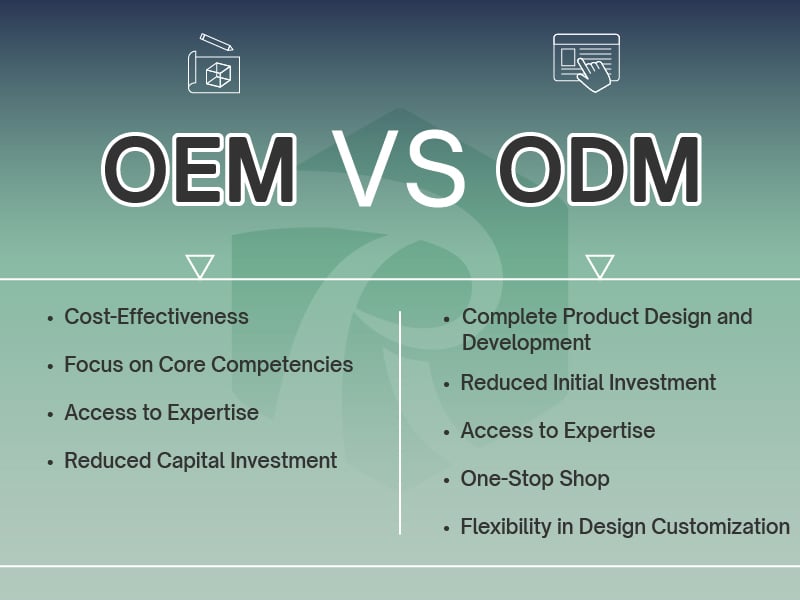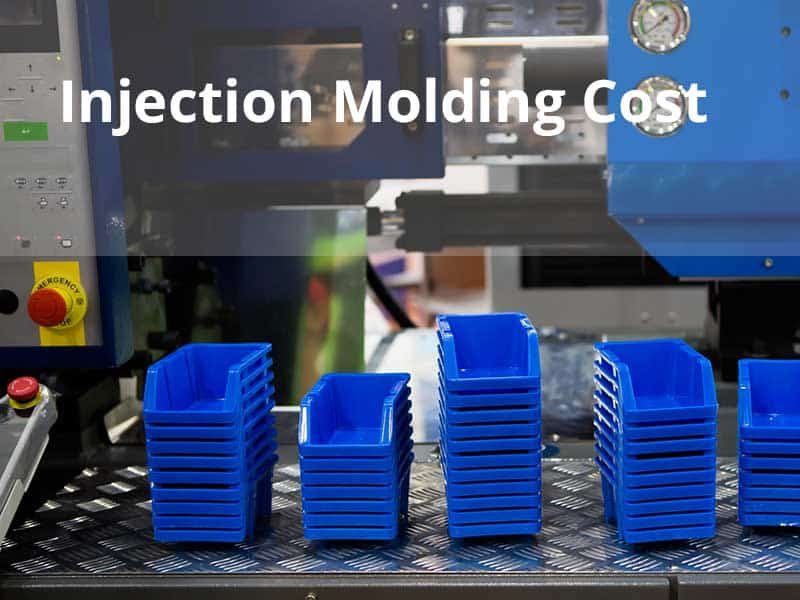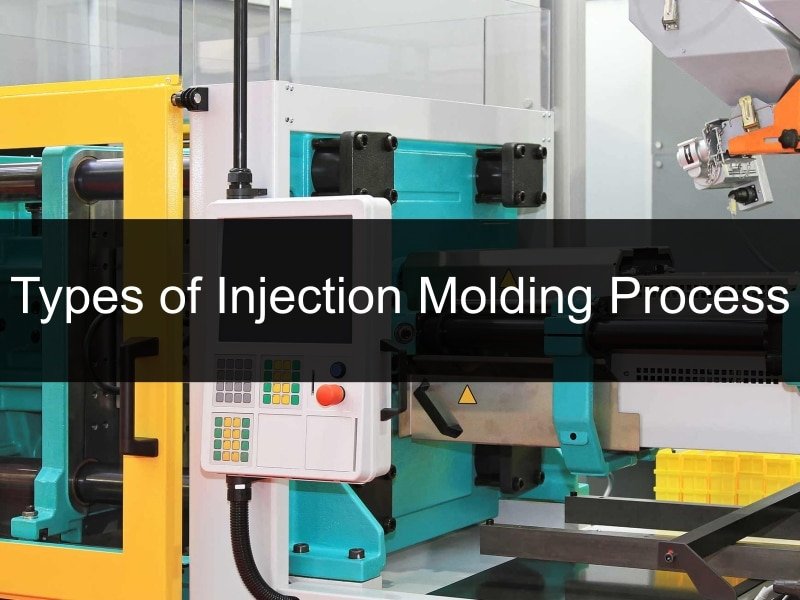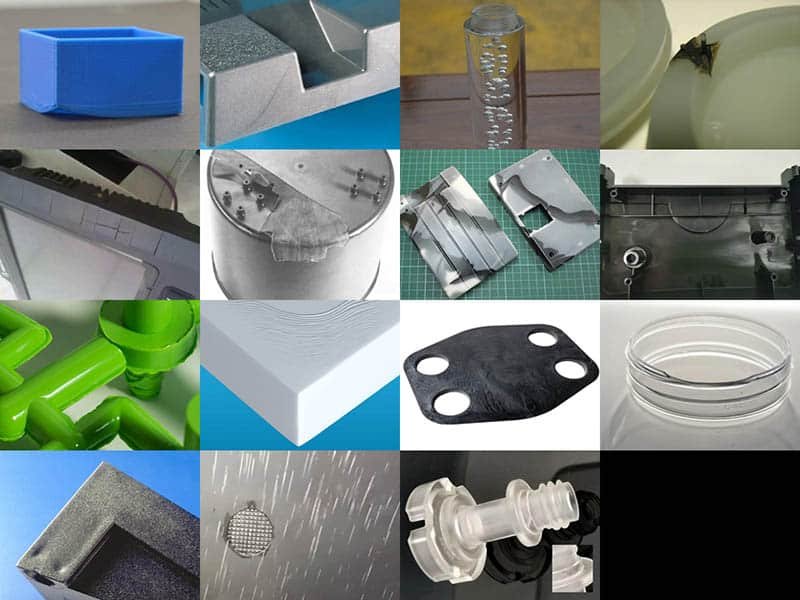What Is Orginal Equipment Manufacturer? – OEM Meaning
Original Equipment Manufacturer (OEM) means a company that manufactures a product or component that is then used by another company to create its own final product. The OEM’s product is often rebranded and sold under the second company’s name. Essentially, the OEM makes the thing, but another company sells it as their own.
In the injection molding industry, OEM (Original Equipment Manufacturer) is slightly different from the general definition. It refers to a company that designs and manufactures a product using injection molding, but doesn’t sell it directly to consumers under their own brand. Instead, they sell it to another company (often the brand owner) who then integrates it into their final product or sells it under their own label.
In the general definition of OEM, the OEM might only manufacture the product. In the injection molding context, the OEM often also plays a significant role in the design of the plastic part itself. They are experts in injection molding design and tooling.
The Role of OEM Customer (The Buyer):
- Specifies what they need
- Market reasearch
- Test and verified the parts
- Sells the final product
The Role of OEM Manufacturer (The Maker):
- Makes what the customer needs

OEM Examples
Many everyday products rely on Original Equipment Manufacturers (OEMs). For example, your car’s tires might be made by Goodyear or Michelin, and its battery by Johnson Controls. Inside your computer, the processor is likely from Intel or AMD, and the graphics card from Nvidia. Your smartphone’s display could be from Samsung, and its processor from Qualcomm. Even at home, your refrigerator’s compressor and washing machine motor might be made by specialized OEMs. Essentially, OEMs are the companies that manufacture the components and parts that other brands assemble into the final products we use daily.
What Is Orginal Design Manufacturer? – ODM Meaning
Original Design Manufacturer (ODM) is a company that designs and manufactures a product that is eventually rebranded and sold by another company. Unlike an OEM (Original Equipment Manufacturer) which simply manufactures based on another company’s design, an ODM designs and manufactures the product.The company that sells the final product then puts its own branding on it, even though the ODM created the original design. Essentially, the ODM handles both the design and the production.
In the injection molding industry, ODM (Original Design Manufacturer) refers to a company that both designs and manufactures a plastic part or product using injection molding, which is then sold under another company’s brand. They handle the entire process from initial concept and design, through mold creation, to final part production. The company that ultimately sells the product to consumers may have input on the design, but the core design and manufacturing expertise resides with the ODM.
The crucial difference is design. An OEM in injection molding typically manufactures based on a design provided by the customer. An ODM, on the other hand, creates the design itself and then manufactures it. The ODM offers a more complete, turnkey solution.
The Role of ODM Customer (The Buyer):
- Have a product concept or need.
- Sells the final product
The Role of ODM Manufacturer (The Maker):
- Designs the product
- Test the product
- Manufactures the product

Pros and Cons of Working with an OEM
Working with an Original Equipment Manufacturer (OEM) can be a strategic advantage, but it requires careful selection and strong agreements to mitigate risks and maximize benefits.
Pros of Working with an OEM
- Cost-Effectiveness: OEMs often have specialized manufacturing facilities and processes, allowing them to produce goods at a lower cost than if the customer built their own factory. This is especially true for large-scale production.
- Focus on Core Competencies: By outsourcing manufacturing, the customer can focus on its core strengths, such as design, marketing, sales, and customer service.
- Access to Expertise: OEMs often have specialized knowledge and experience in materials, processes, and industry regulations. This can lead to higher quality and more innovative products.
- Reduced Capital Investment: The customer doesn’t need to invest in expensive manufacturing equipment and facilities. This frees up capital for other business activities.
Cons of Working with an ODM
- Loss of Control: The customer has less direct control over the manufacturing process and quality. They rely on the OEM to meet their standards.
- Communication Challenges: Misunderstandings or miscommunication can arise between the customer and the OEM, especially if they are located in different regions or have different cultural backgrounds.
- Intellectual Property Concerns: There is a risk of intellectual property theft or leakage if the customer’s designs or technology are not properly protected.
- Dependence on the OEM: The customer becomes dependent on the OEM for manufacturing. If the OEM experiences problems, it can disrupt the customer’s supply chain.
- Potential Quality Issues: If the OEM’s quality control is not up to par, it can lead to problems with the final product.
What Are the Pros and Cons of Working with an ODM?
When working with an Original Design Manufacturer (ODM), businesses benefit from end-to-end product development, but the trade-off is a loss of control over the design process and potential risks to intellectual property. Careful selection and collaboration are essential for ensuring that the final product aligns with both quality standards and market expectations.
Pros:
- Complete Product Design and Development – ODMs provide a full suite of design and manufacturing services, reducing the need for clients to invest in their own R&D.
- Reduced Initial Investment: Customers save on design and engineering costs, as the ODM has already invested in developing the product, reducing upfront costs.
- Access to Expertise: ODMs have specialized knowledge in design and manufacturing, which can lead to innovative and high-quality products.
- One-Stop Shop: ODMs offer a complete solution, from design to manufacturing, simplifying the supply chain.
- Flexibility in Design Customization – While ODMs work from existing designs, they may offer flexibility for minor changes to meet specific client needs or market trends.
Cons:
- Less Control over Design: Customers have less control over the initial design, as it’s based on the ODM’s existing designs. Modifications are possible but can add cost and time.
- Potential IP Concerns: There’s a risk of intellectual property theft or leakage, as the ODM may have worked with similar designs for other clients. Contracts and NDAs are crucial.
- Limited Brand Customization: Products based on ODM designs may be similar to those offered by competitors who work with the same ODM. Differentiation relies more on branding and marketing.
- Dependence on the ODM: Customers become reliant on the ODM for both design and manufacturing. Any issues with the ODM can significantly impact the customer’s business.
- Higher Long-Term Costs – While initial costs may be lower, the lack of direct involvement in product design and development could limit the business’s ability to achieve long-term cost efficiencies or innovation.
OEM vs. ODM: Which is Right for You?
Choosing between OEM and ODM depends on several factors related to your business needs. If you have a strong design team, require full control over product specifications, and are willing to invest in the development and prototyping process, an OEM partnership might be the right choice. It allows for unique products that align with your brand vision, but it requires higher upfront costs and a longer time to market.
On the other hand, if you’re looking for a cost-effective, quick solution with minimal investment in design, an ODM might be more suitable. ODMs offer pre-designed products that can be customized to some degree, reducing development time and expenses. However, you’ll have less control over the product’s design and intellectual property, and brand differentiation might be weaker since other companies could use the same product.
Ultimately, it depends on your priorities—whether you value control and uniqueness or speed and cost-efficiency. If your product is relatively standard, ODM might be a good fit. For highly innovative products, OEM offers more flexibility. Thoroughly research potential partners for either approach, checking their track record and communication style. Clearly define your requirements and expectations from the outset to avoid misunderstandings down the road.
OEM vs. ODM: A Comparison Table
| Feature | OEM (Original Equipment Manufacturer) | ODM (Original Design Manufacturer) |
|---|---|---|
| Design | Customer provides the design. | ODM provides the design. |
| Development Costs | Higher, as customer bears design and engineering costs. | Lower, as ODM has already invested in design and development. |
| Control | Customer has more control over the design and manufacturing process. | Customer has less control over the initial design. |
| IP Concerns | Lower risk, as customer owns the design. | Higher risk, as ODM owns the initial design. |
| Focus | Customer focuses on design, marketing, and sales. | Customer focuses on marketing and sales. |
| Relationship | Primarily a manufacturing relationship. | A more integrated design and manufacturing partnership. |
| Suitable for | Companies with unique product ideas and design expertise. | Companies looking for faster time to market and lower development costs. |
Choose Erye as Your OEM and ODM Partner
When deciding between OEM and ODM, it’s essential to consider how each model aligns with your business goals and capabilities. Conduct a thorough market analysis to ensure you select the right approach based on your manufacturing needs.
At Erye, we specialize in both OEM and ODM services, offering tailored solutions that fit your product requirements and business objectives. Whether you’re looking for full control over the manufacturing process through OEM or seeking cost-effective, customized solutions with ODM, Erye OEM & ODM is here to support your success.







